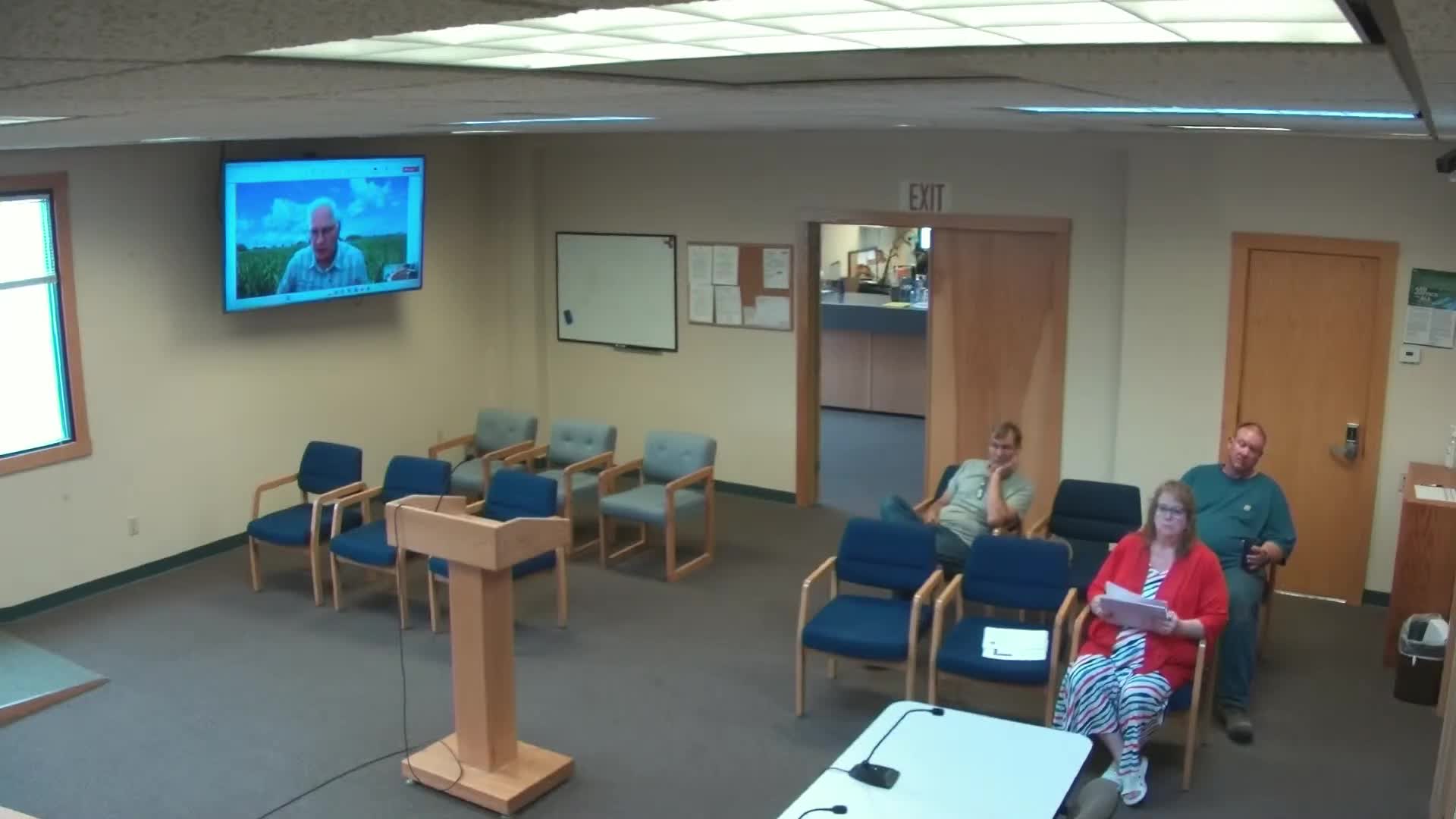Butler County reveals $10.35M expense-driven budget for fiscal year 2026
July 03, 2025 | Broadwater County, Montana
This article was created by AI summarizing key points discussed. AI makes mistakes, so for full details and context, please refer to the video of the full meeting. Please report any errors so we can fix them. Report an error »

Broadwater County officials unveiled a streamlined fiscal year 2026 budget during the Commission Meeting on July 2, emphasizing a significant reduction in overall expenditures. County Administrator Bill Geraci presented a budget totaling $10,353,233.45, marking a decrease from the previous year's budget of nearly $14.9 million, largely due to the completion of a major aeronautics project.
Geraci highlighted the county's commitment to an expense-driven budget, stating, "We do not put into a budget all the money that's available, only the money that we need." This approach aims to ensure fiscal responsibility and sustainability, with the county utilizing $614,000 from its cash reserve—$300,000 less than the previous year.
Public safety remains a top priority, consuming 35% of the budget, while combined expenditures for public safety and legal services account for 41%. The budget also reflects a lean operation, with personnel costs making up 60% of total expenses. A 2.5% cost-of-living adjustment for employees was noted, impacting the personnel budget.
Geraci explained the revenue structure, with 25% of the budget funded through property taxes from floating mills, which are limited by state regulations. He stressed the importance of attracting commercial and industrial developments to increase property tax revenues, stating, "The best way to do that is get large commercial or industrial complexes built in our county."
The meeting underscored Broadwater County's strategic financial planning as it navigates budgetary constraints while prioritizing essential services for its residents. The anticipated outcomes include a more accurate budgeting process and continued efforts to optimize expenditures across departments.
Geraci highlighted the county's commitment to an expense-driven budget, stating, "We do not put into a budget all the money that's available, only the money that we need." This approach aims to ensure fiscal responsibility and sustainability, with the county utilizing $614,000 from its cash reserve—$300,000 less than the previous year.
Public safety remains a top priority, consuming 35% of the budget, while combined expenditures for public safety and legal services account for 41%. The budget also reflects a lean operation, with personnel costs making up 60% of total expenses. A 2.5% cost-of-living adjustment for employees was noted, impacting the personnel budget.
Geraci explained the revenue structure, with 25% of the budget funded through property taxes from floating mills, which are limited by state regulations. He stressed the importance of attracting commercial and industrial developments to increase property tax revenues, stating, "The best way to do that is get large commercial or industrial complexes built in our county."
The meeting underscored Broadwater County's strategic financial planning as it navigates budgetary constraints while prioritizing essential services for its residents. The anticipated outcomes include a more accurate budgeting process and continued efforts to optimize expenditures across departments.
View full meeting
This article is based on a recent meeting—watch the full video and explore the complete transcript for deeper insights into the discussion.
View full meeting
